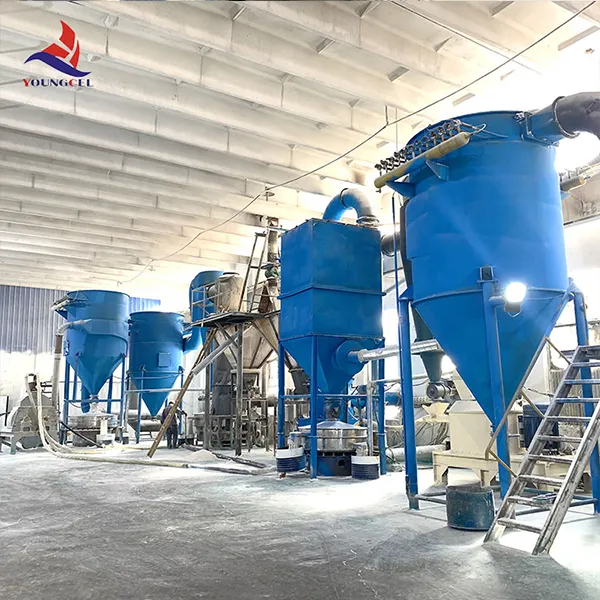Hydroxypropyl Methylcellulose (HPMC) An Overview
Hydroxypropyl Methylcellulose (HPMC) is a versatile and widely used cellulose derivative that has gained significant attention in various industries due to its multifunctional properties. This semi-synthetic polymer is derived from natural cellulose, which is a prominent structural component of plant cell walls. HPMC has been extensively studied and applied in food, pharmaceuticals, construction, cosmetics, and other sectors, making it an essential material in modern applications.
One of the major attributes of HPMC is its ability to form gels and thickening solutions, which makes it advantageous in various formulations. In the food industry, HPMC serves as a thickener, stabilizer, and emulsifier, contributing to improved texture, viscosity, and shelf life of products. It is often used in gluten-free baking, where it helps to mimic the unique properties of gluten, resulting in better dough handling and improved final product quality.
Hydroxypropyl Methylcellulose (HPMC) An Overview
The application of HPMC is not limited to pharmaceuticals; it is also widely used in the construction industry. As a key ingredient in mortar and tile adhesives, HPMC enhances workability, adhesion, and water retention. These properties lead to improved performance in various construction applications, including repairs and renovations. Its role in providing extended open time for adhesives and mortars enables better application management and minimizes the risk of premature drying.
hydroxypropyl methylcellulose hpmc

Cosmetics and personal care products also benefit from HPMC’s unique properties. Its thickening and emulsifying capabilities make it a valuable component in lotions, creams, shampoos, and gels. By improving the product’s texture and feel, HPMC contributes to a better user experience. Additionally, it can enhance the spreadability and stability of cosmetic formulations, making it a sought-after ingredient in the beauty industry.
Environmentally, HPMC is considered a more sustainable option compared to many synthetic polymers. Being derived from natural cellulose, it is biodegradable and has minimal environmental impact when disposed of properly. This characteristic is particularly appealing to eco-conscious consumers and manufacturers striving to reduce their ecological footprint.
Despite its numerous benefits, handling HPMC requires attention to specific properties. For instance, it is essential to note that HPMC is soluble in cold water and forms a gel upon heating, which may influence formulation processes in various applications. Also, the degree of substitution (DS) of hydroxypropyl and methyl groups can significantly affect the performance characteristics of HPMC, making it essential to select the appropriate grade based on the intended application.
In conclusion, Hydroxypropyl Methylcellulose is a multifaceted polymer that plays a vital role across diverse industries. Its thickening, binding, and film-forming properties have made it indispensable in food production, pharmaceuticals, construction, and cosmetics. With a growing emphasis on sustainability, HPMC stands out as an environmentally friendly option, paving the way for innovative formulations that cater to the needs of consumers and industries alike. As research and development in this field continue, it is evident that HPMC’s versatility and functional benefits will ensure its relevance in the future of material science.
-
Premium Detergent Grade HPMC Hydroxypropyl Methylcellulose: Superior Thickening & StabilityNewsAug.31,2025
-
HEC 100000 Hydroxyethylcellulose for Paint | Superior ThickeningNewsAug.30,2025
-
Wall Putty Rdp Powder Packaging DesignNewsAug.29,2025
-
Introduction to Hpmc Hydroxypropyl Methyl CellulosNewsAug.29,2025
-
Hpmc Industri Grade IntegrationNewsAug.29,2025
-
How to Choose the Right Construction AdhesiveNewsAug.29,2025




